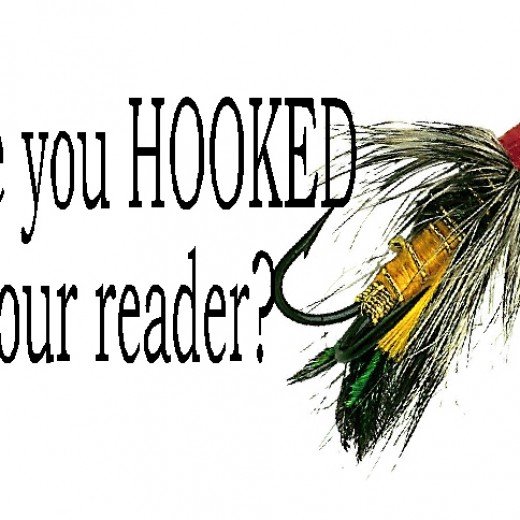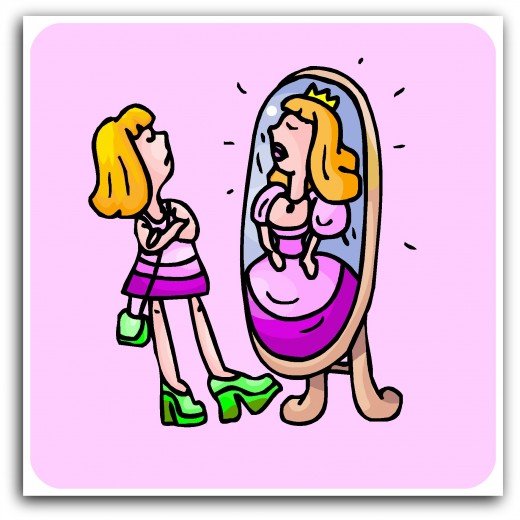What Not to Put on a Book Cover By Simone Collins Co-Founder of ArtCorgi.com
 Let’s welcome back columnist Simone Collins as she shares with us about “What Not to Put on a Book Cover.” Enjoy!
Let’s welcome back columnist Simone Collins as she shares with us about “What Not to Put on a Book Cover.” Enjoy!
***
Through my company, ArtCorgi.com , and its boutique for authors ArtforAuthors.com , I help writers commission one-of-a-kind art for their book covers (along with illustrations, author portraits, and the like).
I wrote a previous guest post on the foundations of a compelling book cover, which I boil down to strategic use of coloring, emotion, faces, and unanswered questions. Also worth consideration is what one should not include in a book cover, as many mistakes are made by first-time (and sometimes seasoned) writers that can easily be avoided.
What follows is a select set of key elements to avoid.
Big Bylines for Nobody Authors
It is one thing for Stephen King’s name to be bigger than a book’s title on its cover. It is a different matter entirely if you have yet to establish a strong reputation as an author.
You have but a split second to catch potential readers’ attention in book stores and online listings. Do not waste an iota of potential readers’ mental processing power on self-aggrandizement. Serve them instead with a compelling title and/or interesting imagery.
 No Imagery or Design
No Imagery or Design
Even if you lack design skills and a hefty art or photography budget, you can put a high quality image and/or polished lettering on the cover of your book.
Use Canva.com to add lettering and other simple design elements to your book cover. Canva.com has paid elements (both stock imagery and lettering), but the vast majority of design elements and images you might wish to use within their image creation tool are free.
Use public domain image sites like Pixabay.com to find free (and fair-to-use) photographs and graphics that you can incorporate into your cover as art.
 Overly-Complex Design
Overly-Complex Design
If you have little artistic or design experience, keep your cover art simple. Some authors get over-enthusiastic with design tools and embellishment, thereby completely ruining their book covers.
Most potential readers will see your book in thumbnail form. Only large lettering and simple images (one face, one object, a high-contrast graphic) will be clearly visible. Clutter will not work in your favor.
Stolen Imagery
While I encourage you to find images online you can use in your book cover, YOU CAN NOT JUST TAKE ANY IMAGE YOU FIND ON GOOGLE IMAGES AND USE IT IN YOUR BOOK’S COVER ART. Most of the images that appear in Google Images results are copyrighted. You have no more of a right to use them than other people have a right to snatch excerpts from your books and use them in novels of their own.
Stick to Public Domain image websites like Pixabay.com or purchase rights to stock imagery through sites like Shutterstock.com. If you would like to use an artist’s work, obtain (and purchase) rights to use it first. Or simply commission something original through ArtCorgi.com or ArtforAuthors.com (as the founder of ArtCorgi, I would love to work with you).
***
ABOUT THE AUTHOR
 Simone Collins is co-founder and COO of ArtCorgi.com, an online marketplace that connects everyday people with up-and-coming artists who can illustrate anything imaginable. Before becoming an entrepreneur, Simone was Director of Marketing at HubPages, one of the world’s largest online publishing platforms for freelance writers, where she managed a large community of active and aspiring novelists and writers.
Simone Collins is co-founder and COO of ArtCorgi.com, an online marketplace that connects everyday people with up-and-coming artists who can illustrate anything imaginable. Before becoming an entrepreneur, Simone was Director of Marketing at HubPages, one of the world’s largest online publishing platforms for freelance writers, where she managed a large community of active and aspiring novelists and writers.








